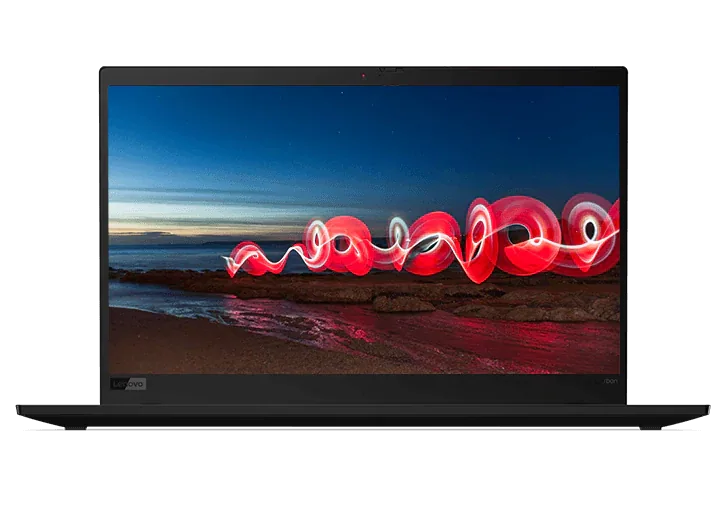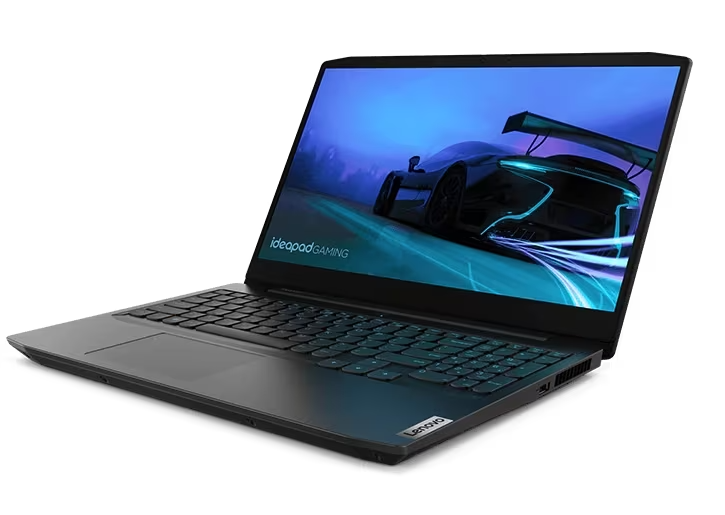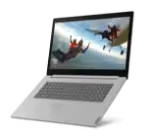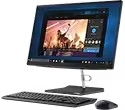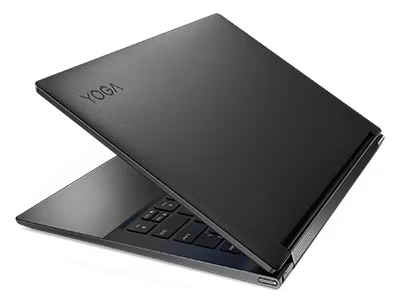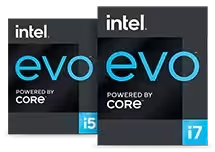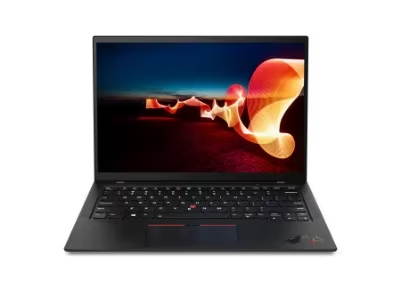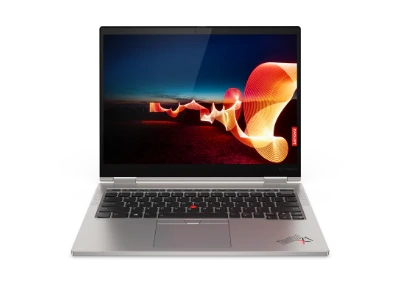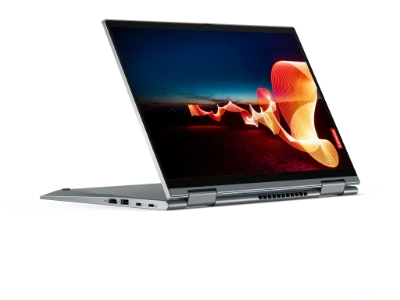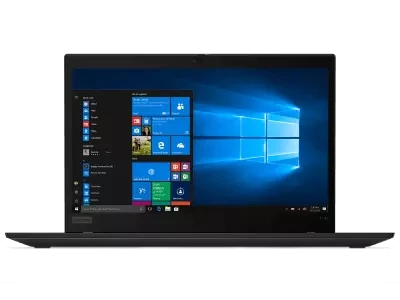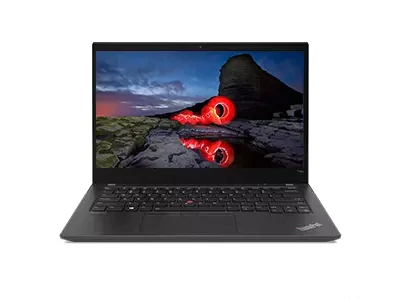How Do I Connect my Laptop to my TV?
The options for connecting a laptop to a TV just keep expanding. Tried-and-true methods, such as using HDMI or DVI cables, are easier than ever, with higher maximum display resolutions and automatic device-to-device syncing. Or you can go cable-free using new wireless screen-sharing solutions -- including some that require no additional hardware such as dongles or set-top receivers.
Connecting a laptop to a TV wirelessly
Two of the most popular wireless methods for displaying a laptop screen on a TV are Google Chromecast and the screen-casting tool that's built into Microsoft Windows 10, based on technology called Miracast. [As Lenovo is a PC company, we're limiting this screen-sharing discussion to the Windows- and Android-based laptops, tablets and Chromebooks that we sell. Users of Apple iOS devices might wish to review a separate article, What is Apple TV?]
Connect laptop to TV: Windows 10
If you've got a Windows 10-based laptop and a compatible TV, one of the easiest ways to transmit your laptop screen to your TV is to use the new screen-casting capabilities that are built into the Windows 10 interface. Just go to the Action Center and click Connect. The laptop will scan for and give you options to connect to any nearby Miracast-enabled device.
The beauty of technologies such as Miracast is that they don't rely on your home/office wireless network. Instead, signals are transmitted via Wi-Fi Direct, which has a shorter signal range but enables device-to-device streaming without a central router.
The newer your TV, the more likely it is to already be Miracast-compatible, eliminating the need for extra hardware or adapters. But Windows 10 systems can connect to older TVs, too. You just need to add one of the relatively low cost, set-top streaming units available from Roku, Amazon or others, many of which include Miracast options (once connected, look for the unit’s "screen mirroring" settings).
Connect laptop to TV: Chromecast
Google Chromecast works either by connecting a physical Chromecast device to virtually any TV or by using the Chromecast capabilities that are built-into many of today's newest models, including so-called "Android TVs" from SONY, LG and others. Chromecast is very popular for traditional media streaming, so it's comparable to devices from Amazon or Roku for watching content from Hulu, Netflix, and so on. But you can also use Chromecast to transmit or "cast" a browser window or your full laptop display.
The key to using Chromecast to view your laptop screen on your TV is the Google Chrome browser, which means you can use it on everything from a Chromebook (where Chrome is the default) to a tablet or laptop on which you load Chrome. But as long as you're using Chrome, it's super easy: Just right-click anywhere in your browser window or go to the primary Chrome menu (upper right corner) and select "Cast...". Chrome will automatically scan for and allow you to connect to nearby compatible devices. Then you'll choose to either "Cast tab" (to view and navigate within your current Chrome browser tab) or "Cast desktop" (to view and use your laptop's full desktop work area).
A particular advantage of Chromecast is that its popularity has led many media websites to offer special "Cast" buttons that let you switch from simply casting a Chrome tab that's playing a YouTube video to casting the video directly from YouTube to your TV. This method is said to provide a smoother viewing experience for movies, games, and other content that's susceptible to transmission lags.
Connecting a laptop to a TV using cables
There are multiple options for connecting a laptop to a TV using cables such as HDMI, DVI or even old-style VGA. The key is finding the best cable option that works with the ports you’ve got on your laptop and TV.

Connect laptop to TV: HDMI
If your laptop has an HDMI (High-Definition Multimedia Interface) output – and virtually every laptop does -- your best cable-oriented laptop-to-TV option is probably HDMI, since it can carry both high-resolution video and audio signals. Some tablets and ultraportable laptops have just Micro HDMI or Mini HDMI ports, but it’s easy to find cables that convert from micro/mini to full size.
Connecting is easy. Simply plug into an HDMI port on your TV and choose the appropriate input option for the port. If your laptop screen doesn’t appear automatically, toggle through the display options on your laptop until it does.

Connect laptop to TV: DVI
You can also use your laptop’s DVI (Digital Visual Interface) port, if it’s got one.
DVI defaults to video-only, so it’s most useful for simple tasks such as displaying a spreadsheet for group viewing. But if the laptop’s video card supports it, you can use a special DVI-to-HDMI cable to transmit your laptop’s video and audio to the connected TV.

Connect laptop to TV: VGA
Old-style VGA may still be an option -- provided your laptop and TV are equipped with VGA ports (increasingly uncommon). But again, a VGA (Video Graphics Array) cable only carries video signals.
To hear your laptop sound through the TV, you’ll need to add a mini-jack connector or a mini-jack splitter with a 3.5mm audio RCA cable.

Connect laptop to TV: Mini Jack
Another laptop-to-TV connection option – but again, for audio only -- is a mini-jack connector. Use it to connect from the laptop’s headphone port to a mini-jack slot on your TV (if available).
